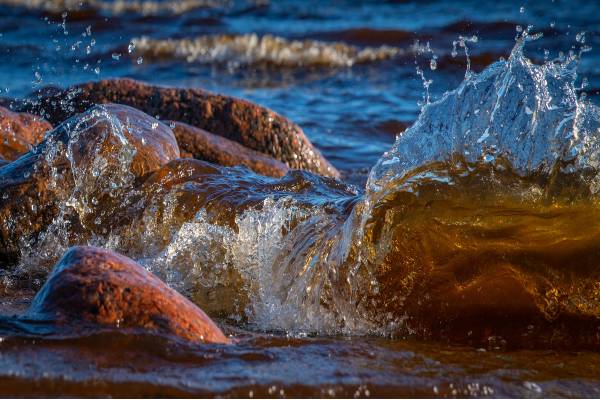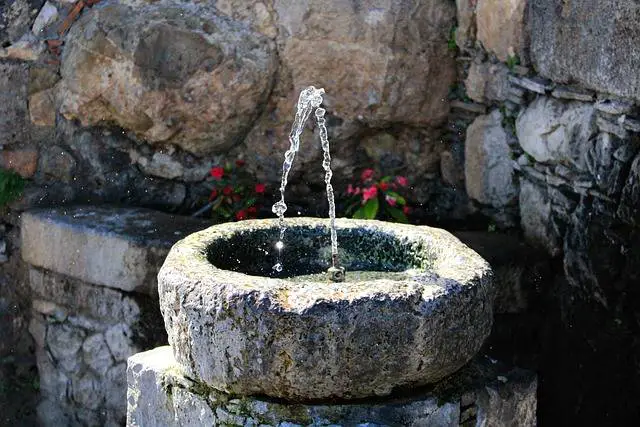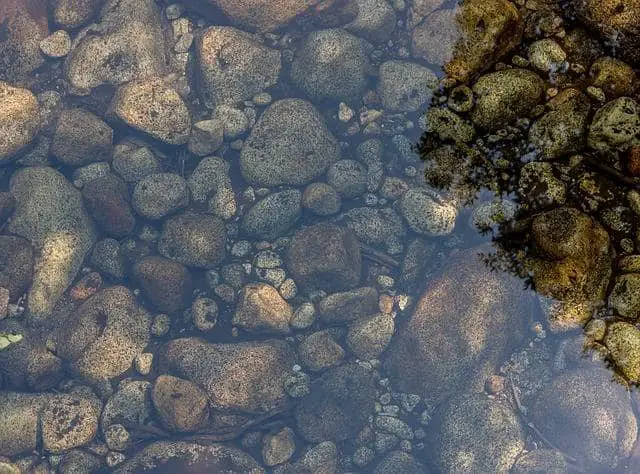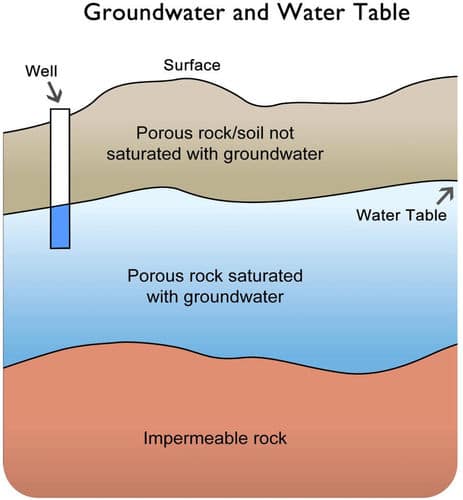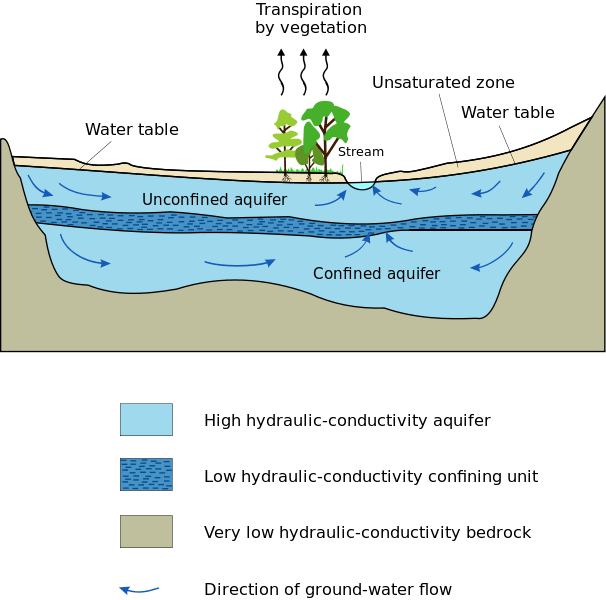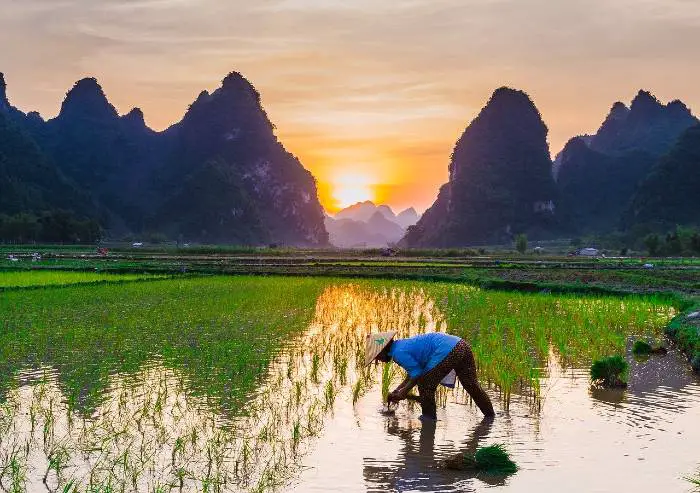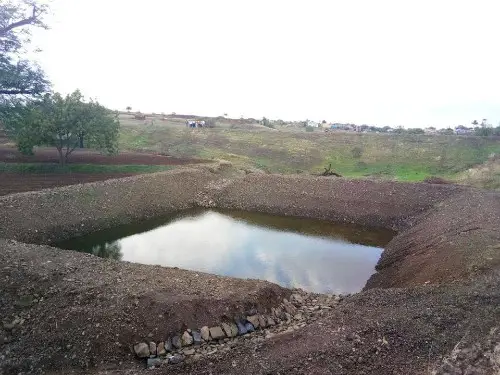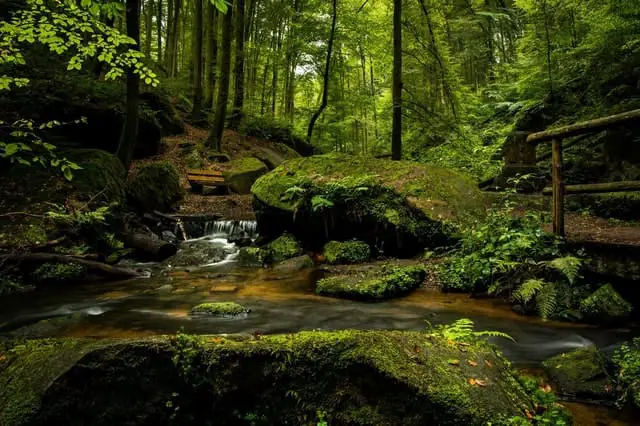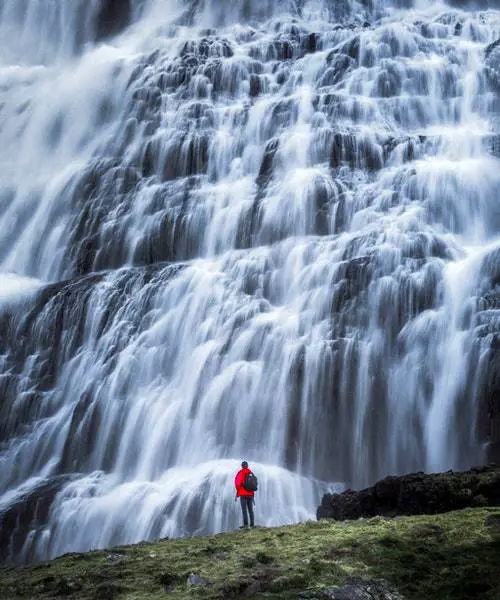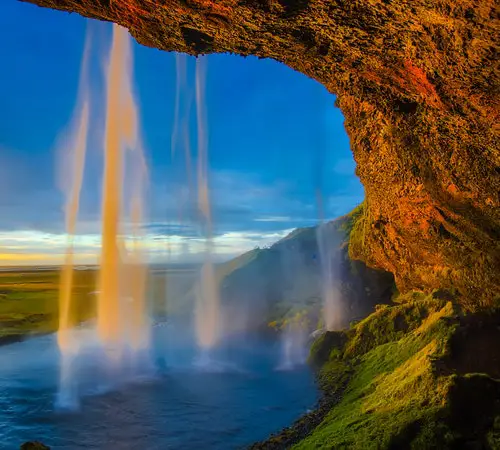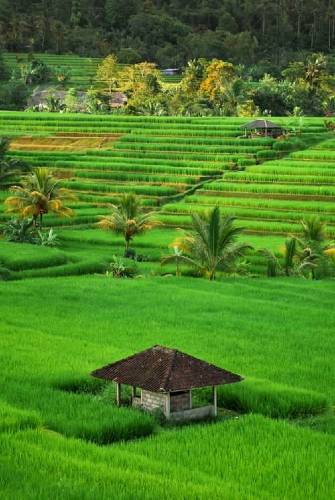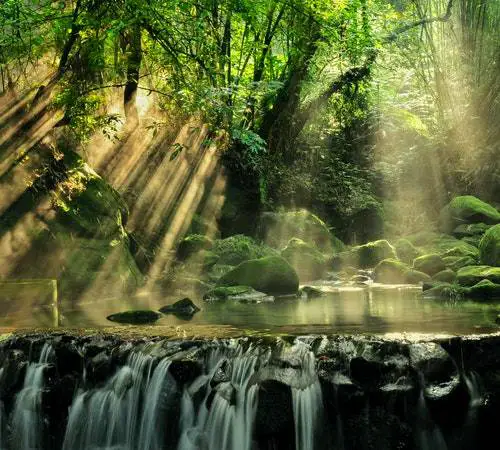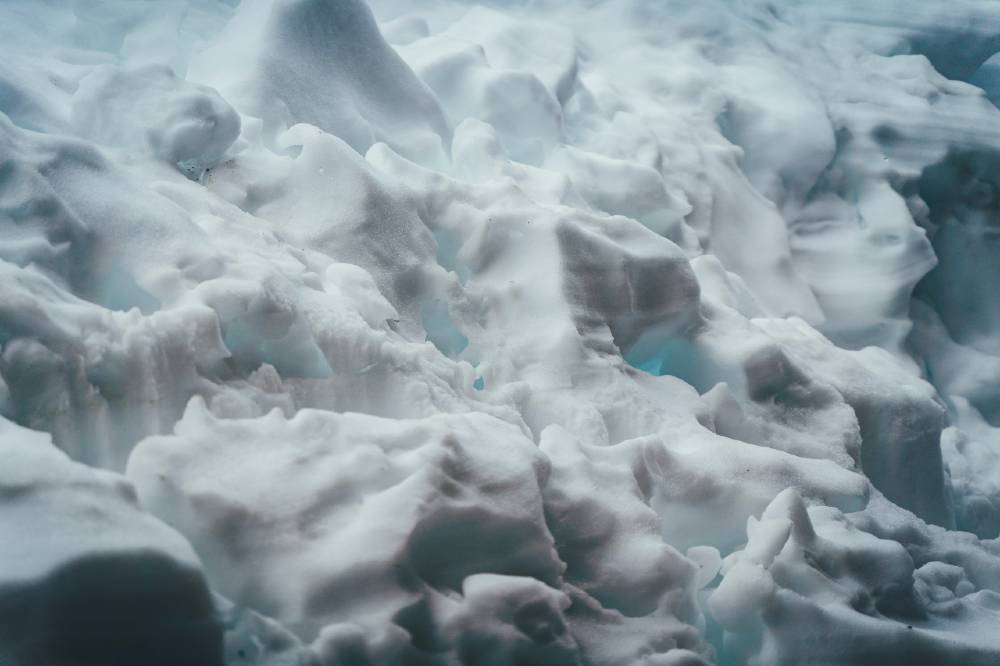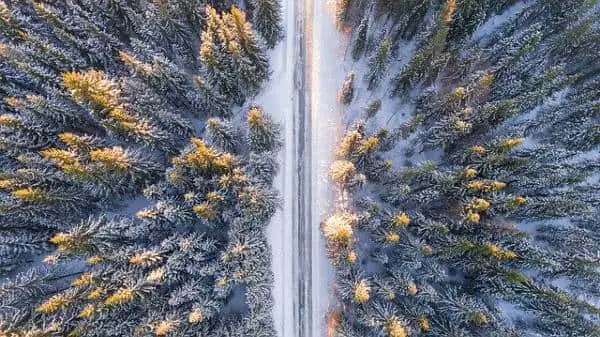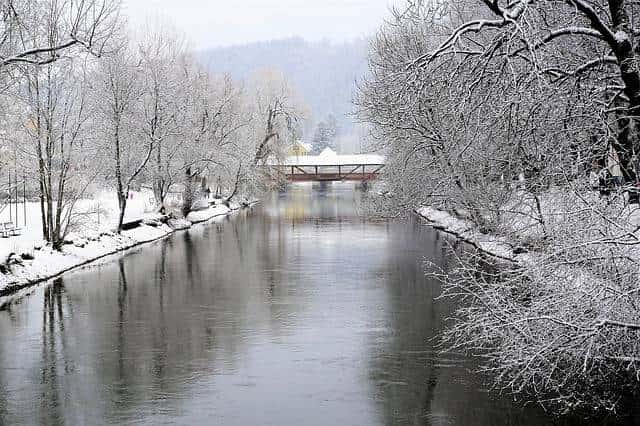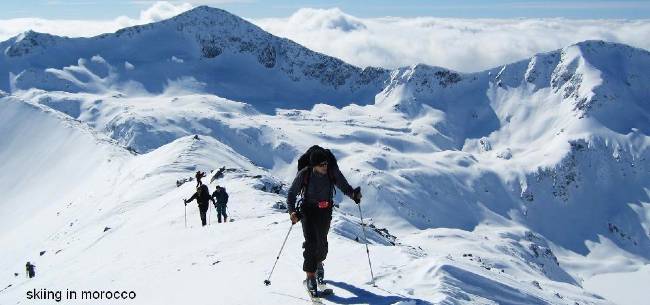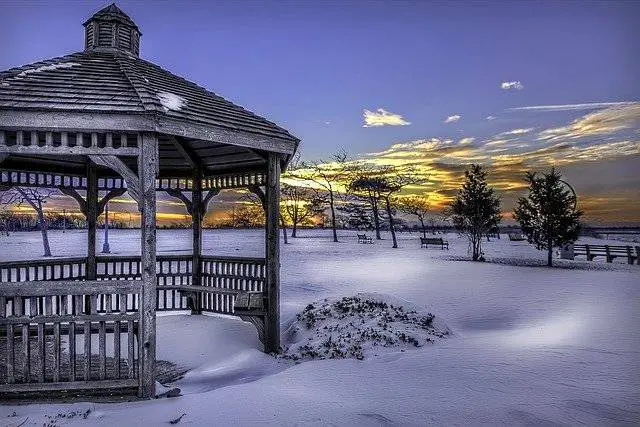
What is Hydrology? Meaning, Scope and Study (all explained)
What is Hydrology? – Meaning, Scope and Study
Compiled by Stanley Udegbunam || Nov 25, 2020
AFRILCATE
WHAT IS HYDROLOGY?
Hydrology is the study of water on and beneath the earth’s surface, with regards to its occurrence, distribution, movement and properties as well as its relationship with the environment within each phase of the water cycle.
This science has many important applications such as flood control, irrigation, domestic and industrial water supply, and the generation of hydroelectric power.
Another similar term is hydrogeology, but don’t get confused between the two terms.
One major difference between hydrology and hydrogeology is that:
While Hydrogeology focuses only on the water flow and distribution below the earth’s surface, hydrology studies water occurrence and movement on and beneath the earth’s surface.
In other words, hydrogeology is that aspect of hydrolysis that is focused on groundwater.
While hydrology is the aspect of hydrolysis that studies both groundwater and surface water.
Since hydrology entails both surface and groundwater, it has a wider scope of study and more hydrological branches.
In the next sub-heading, we’ll look at the various scopes of hydrology with individual explanations.
Let’s continue…
SCOPE OF HYDROLOGY
They are different aspects of hydrology. They include:
- Study of water on and beneath the earth’s surface.
- Study of water occurrence, distribution and movement.
- Inspection of water properties.
- Analyzing the interaction between water and the environment at different cycle phases.
1. Study of water on and beneath the earth surface
Water is central to most natural processes. It transports sediment and solutes to lakes and oceans, thereby shaping the landscape.
Hydrologic science has an important place in the field of water resources, especially freshwater resources, which are the subject of intense concern and study.
Water exists on the earth’s surface as surface water.
This includes both the saltwater in the ocean and the freshwater in rivers, streams, and lakes.
Surface water is an important source of drinking water and is used for the irrigation of farmland.
Water exists below the earth’s surface as groundwater.
Groundwater is the water present beneath Earth’s surface in soil pore spaces, underground bedrocks and in the fractures of rock formations.
Groundwater moves slowly through underground rock layers called aquifers and accounts for approximately 30% of fresh water on earth.
Surface water and groundwater are reservoirs that can feed into each other.
Surface water can seep underground to become groundwater, groundwater can also resurface on land to replenish surface water.
Want more information? Afrilcate have prepared a comprehensive study guide on both surface water and groundwater. See them here:

2. Study of water occurrence, distribution and movement
Water circulates throughout the Earth through different pathways and at different rates.
Hydrology is concerned with the continuous circulation of water in the air-atmosphere system, the hydrologic cycle.
The hydrologic cycle describes how water evaporates from the surface of the earth, rises to the atmosphere, cools and condenses into rain or snow in clouds, and falls again to the surface as precipitation.
Water takes on various forms in the environment in response to changes in temperature and other influences.
It also exists in various quantities and quality as it moves through the cycle.
Water content trapped by trees and plants also returns back to the atmosphere through transpiration or in a more general phase called evapotranspiration.
Parts of hydrology involves developing methods for directly measuring these flows or amounts of water available as well as modelling these processes either for scientific knowledge or for making a prediction in practical applications.
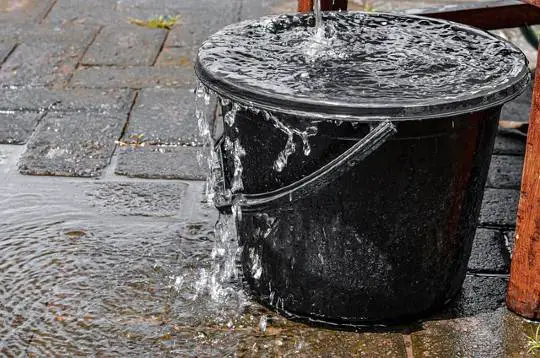
3. Inspection of water properties
Hydrology also deals with the physical and chemical properties of water in all its phases.
Different phase exhibits different water properties and this affects water usage.
As a result of thermal content, the kinetic energy of water varies in different states resulting in varying water properties.
The temperature, turbidity, pH levels, taste, and many more properties are key factors of a hydrologic datasheet.
4. Analyzing the interaction between water and the environment at different cycle phases
Apart from studying the natural distribution and movement of water, hydrology is also concerned with the impact of human activities on water quality as well as water management problems.
A change in water quality or quantity can affect the local environment positively or otherwise.
These changes can be:
- man-made (e.g. a dam release)
- weather-related (flooding), or
- a combination of both factors (i.e. rainfall-runoff caused by poor agricultural practices).
Regardless of the cause, hydrologic data assists in explaining water quality and environmental changes.

Precipitate reacts differently to the environment. Ocean water absorbs more radiant energy because of its low albedo, unlike ice and snow.
Water is utilized for different purposes. In homes, It’s used for drinking, cooking, cleaning, and bathing.
Water in many dams is used to produce hydroelectric power.
STUDY OF HYDROLOGY
“The person who studies hydrology is called a hydrologist”.
A hydrologist is a scientist who researches the distribution, circulation, and physical properties of the earth’s underground and surface waters.
The hydrologist plays a vital role in finding solutions to water problems and is responsible for the various aspects of hydrology described above.
They also provide answers to many hydrologic questions involving the transport of solutes, nutrients, sediment, as well as the fluxes of water itself.
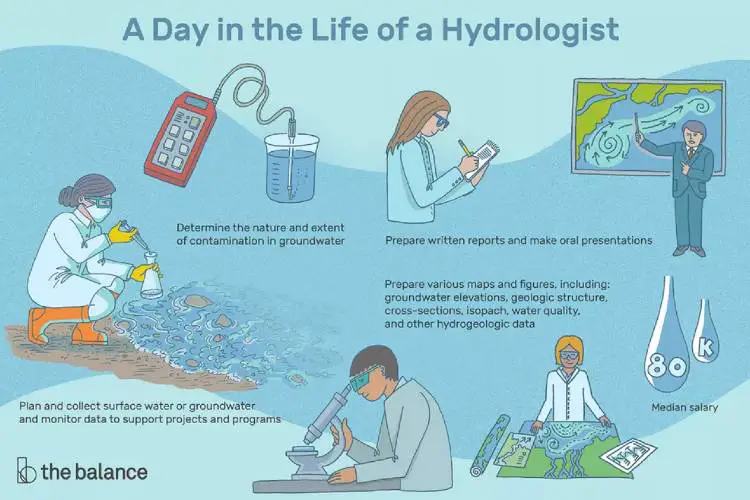
Hydrologist work flow
The main goal of the hydrologist is to increase human access to quality water so that it can be used in all ways beneficial to man as well as providing data required for the proper maintenance of water resources.
DO YOU KNOW?
In areas where groundwater is utilized faster than its natural replenishing rate,
man-made recharge method becomes a necessary option for balancing the water levels.
This human-controlled means of increasing the amount of water that enters an aquifer is called artificial recharge.
DO YOU KNOW?
In areas where groundwater is utilized faster than its natural replenishing rate, man-made recharge method becomes a necessary option for balancing the water levels.
This human-controlled means of increasing the amount of water that enters an aquifer is called artificial recharge.

